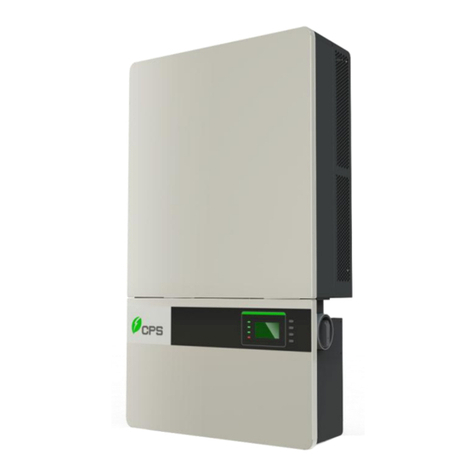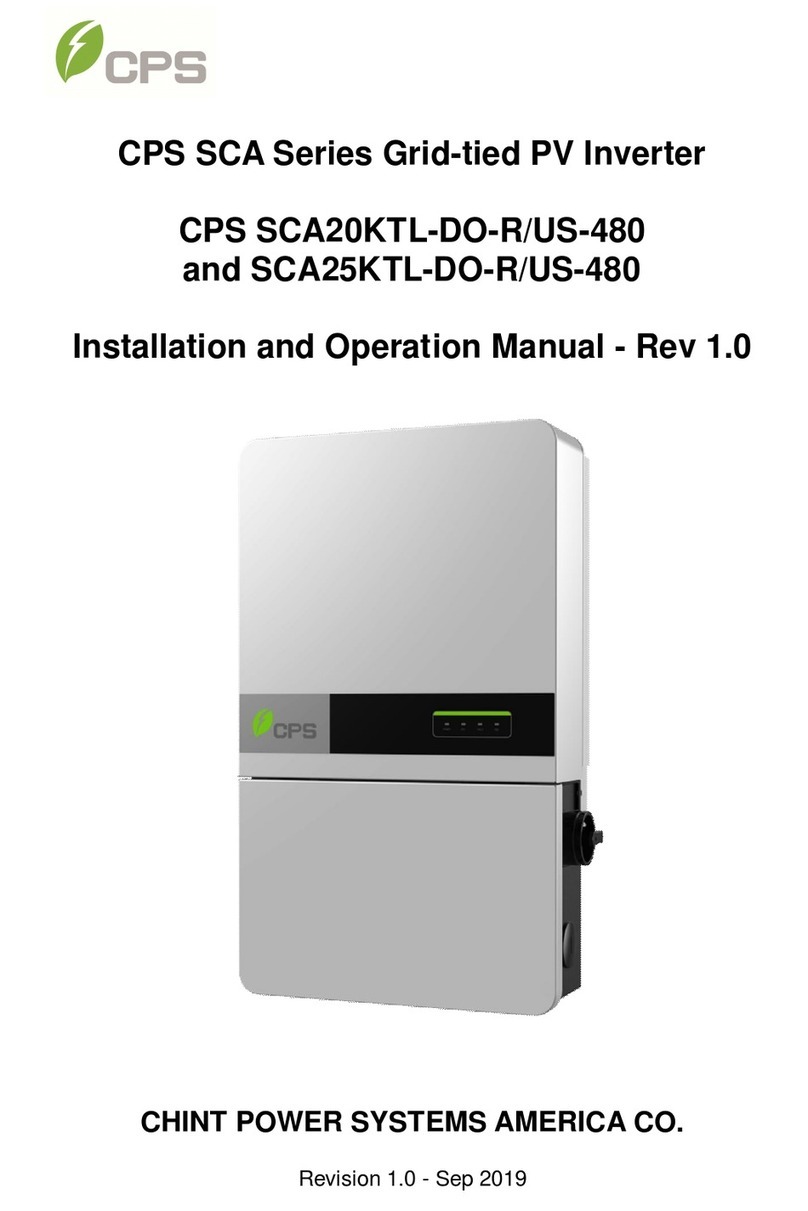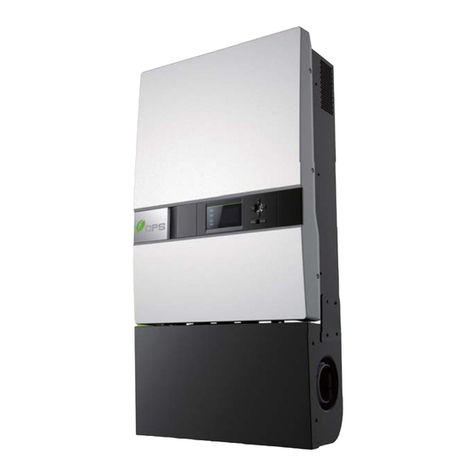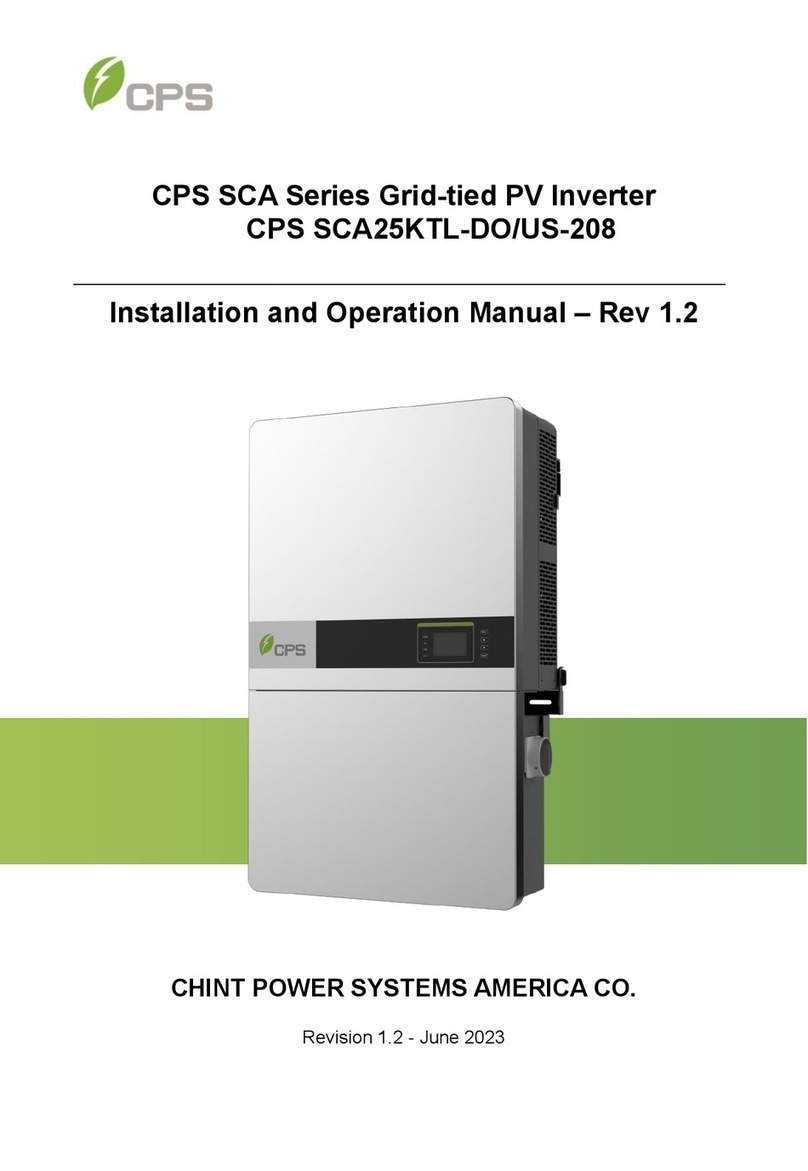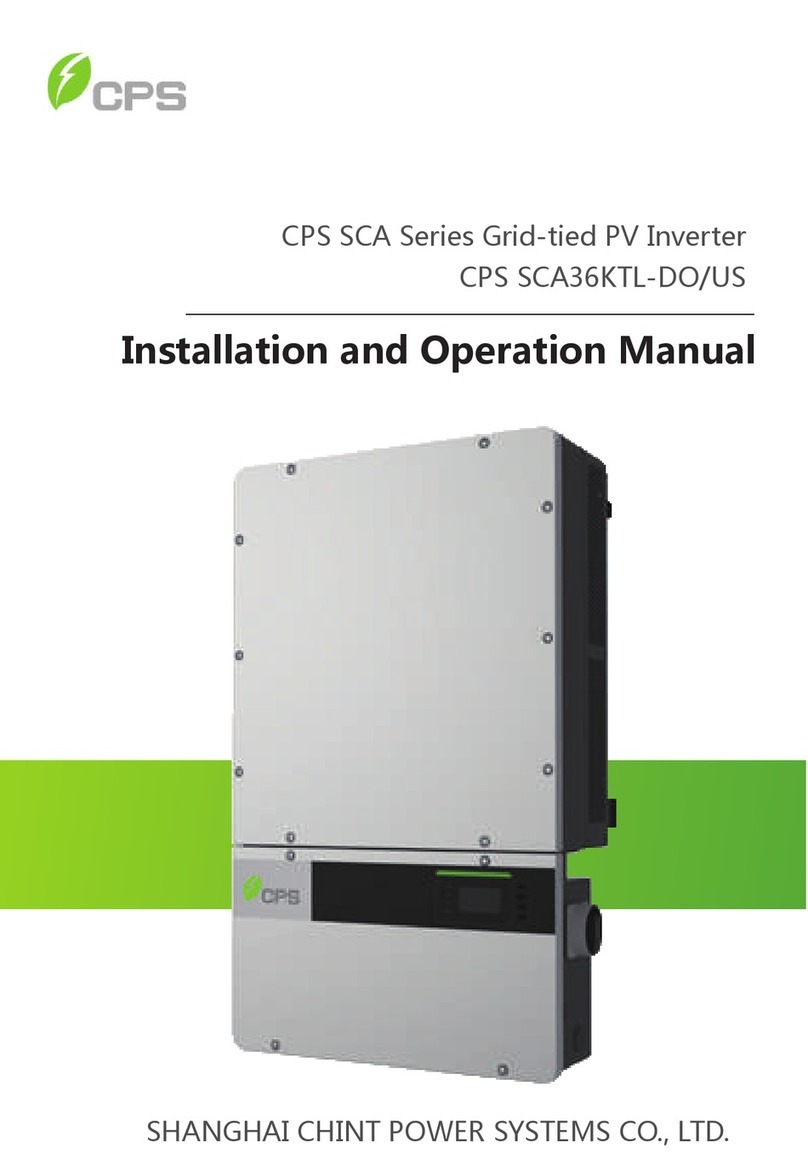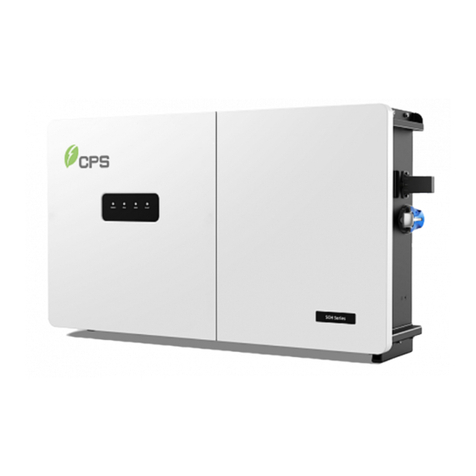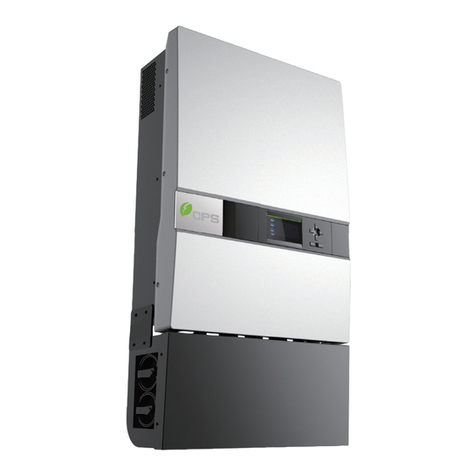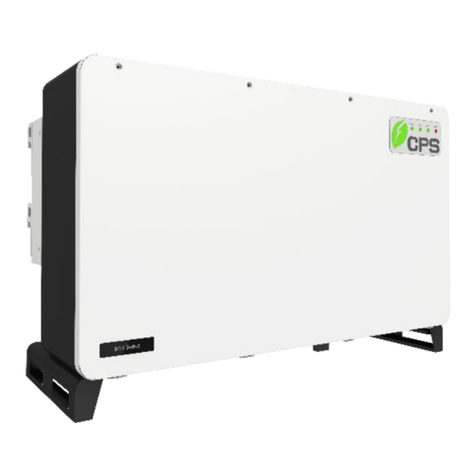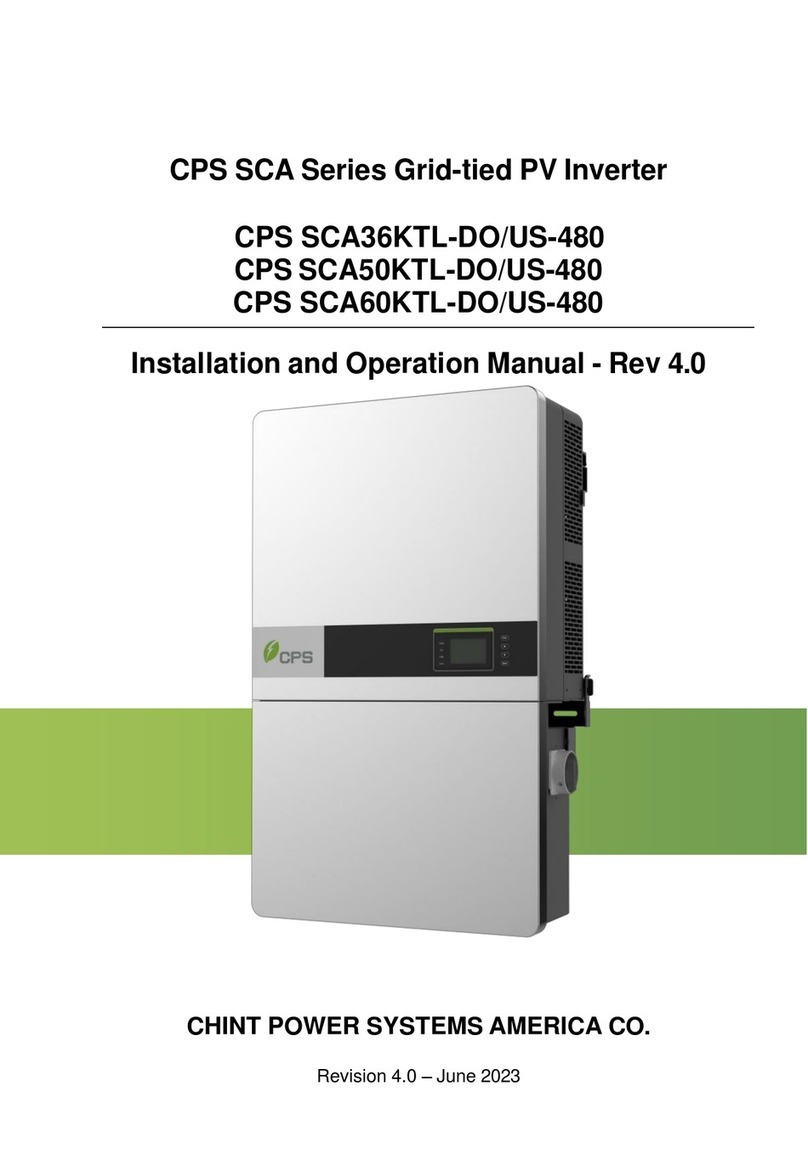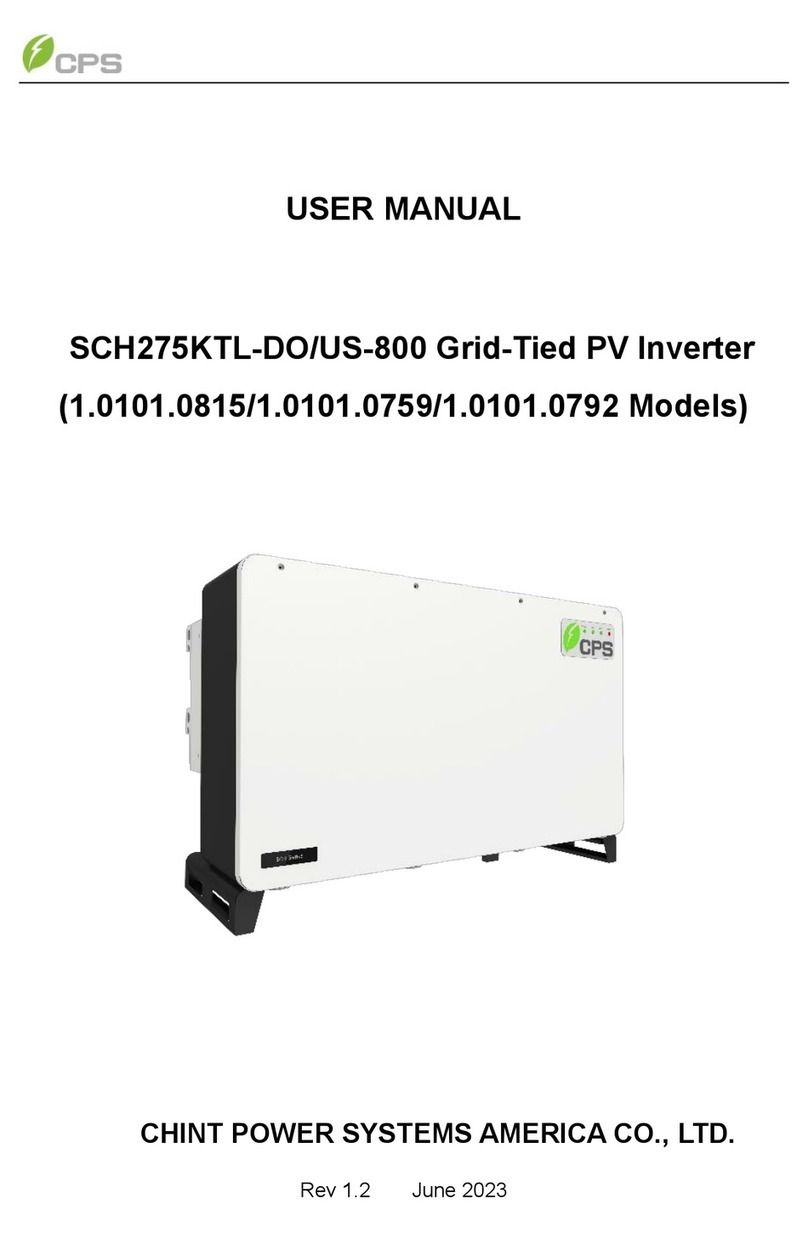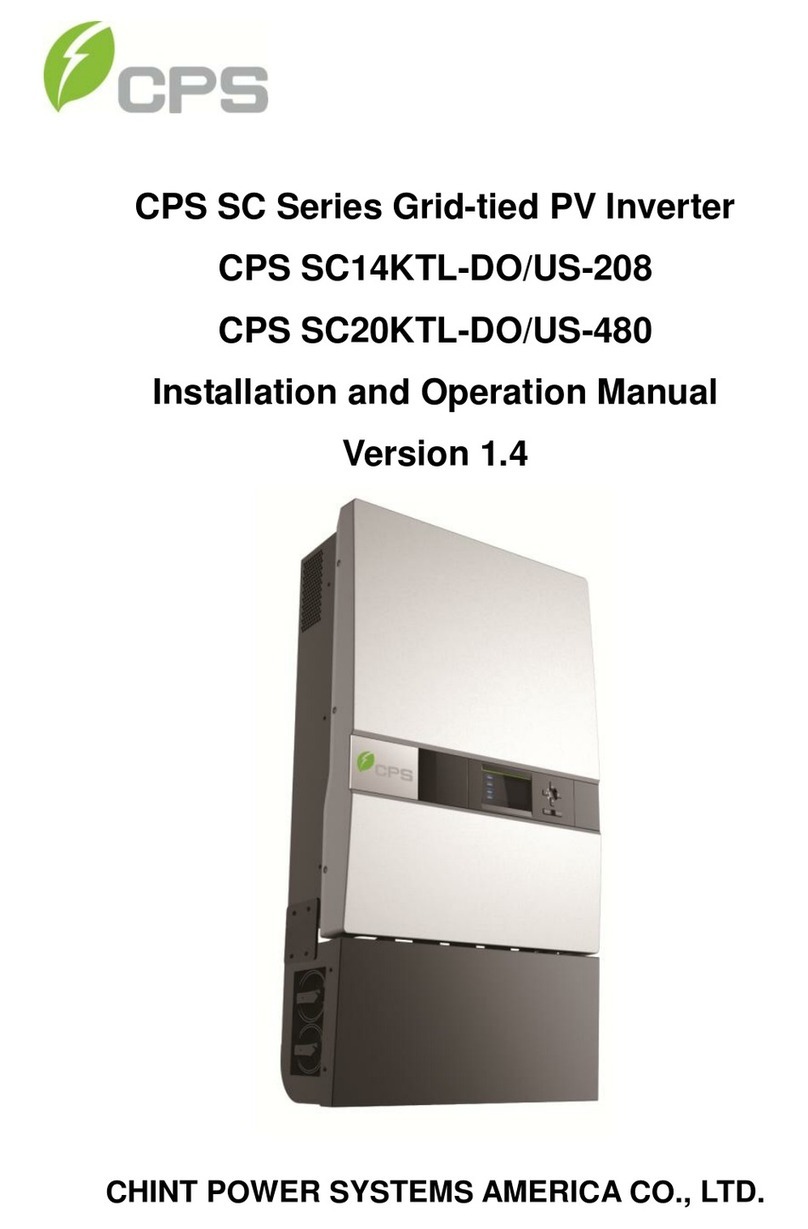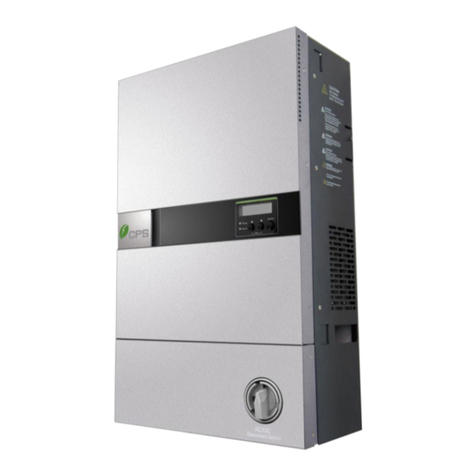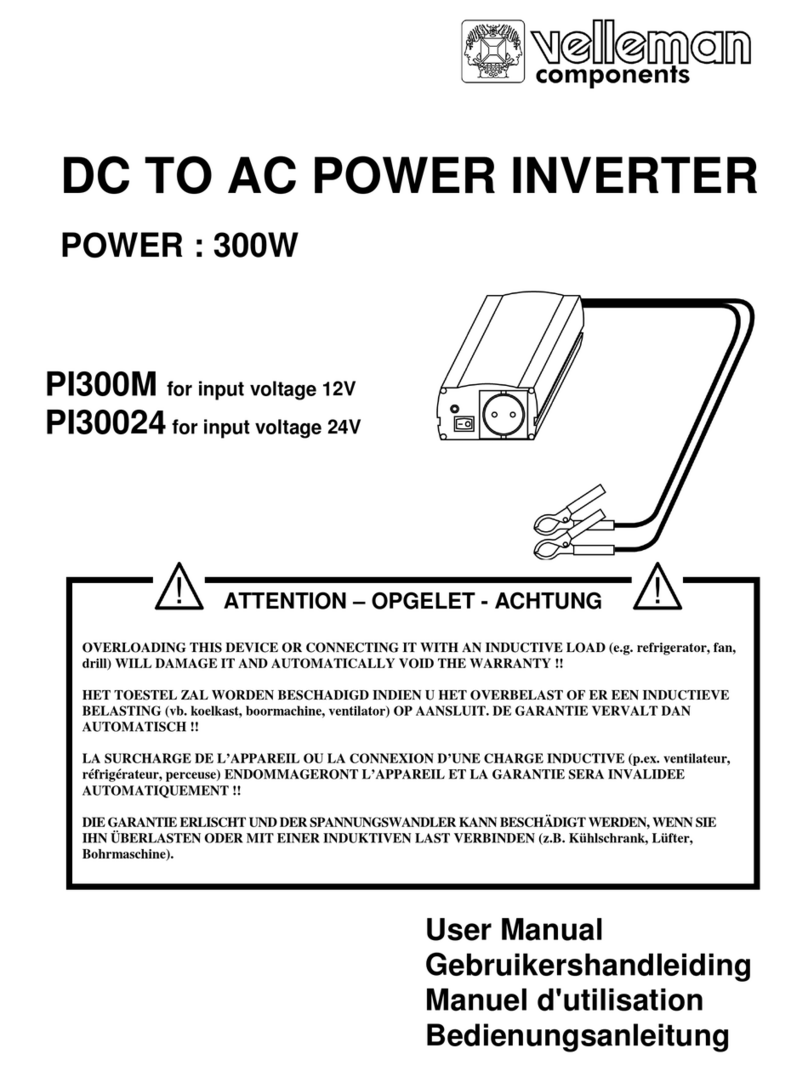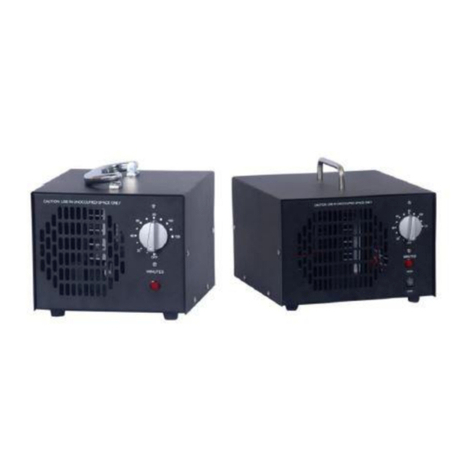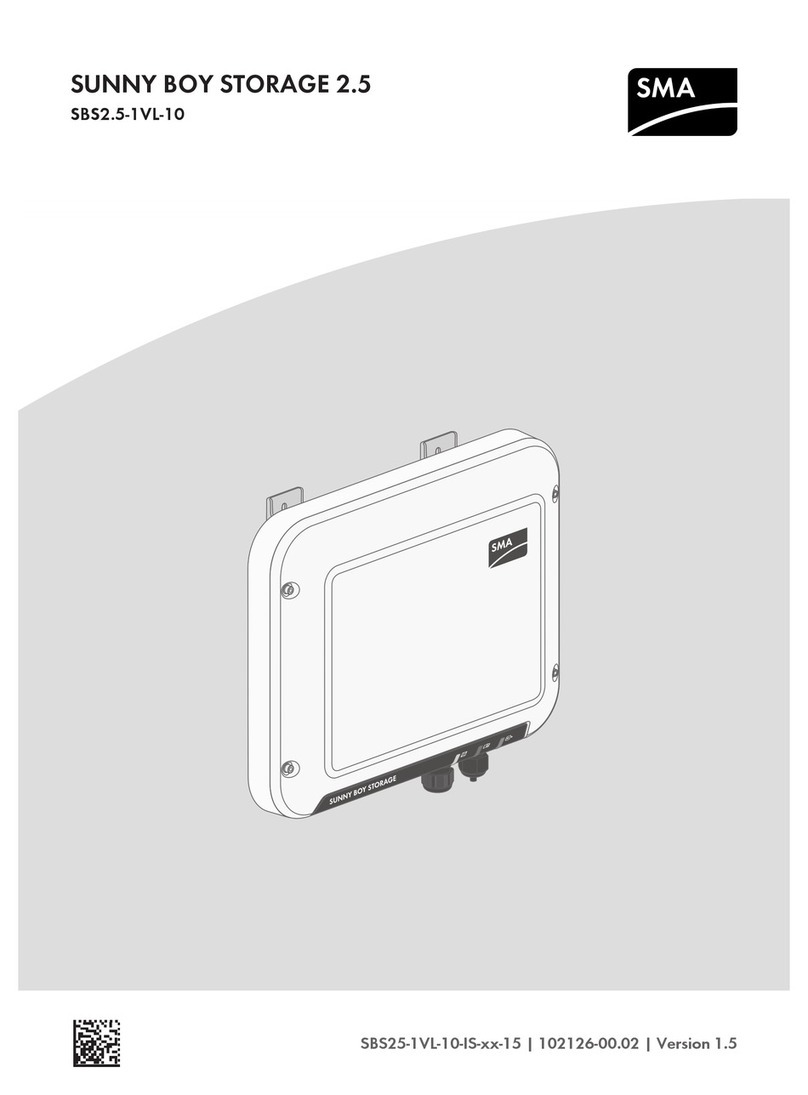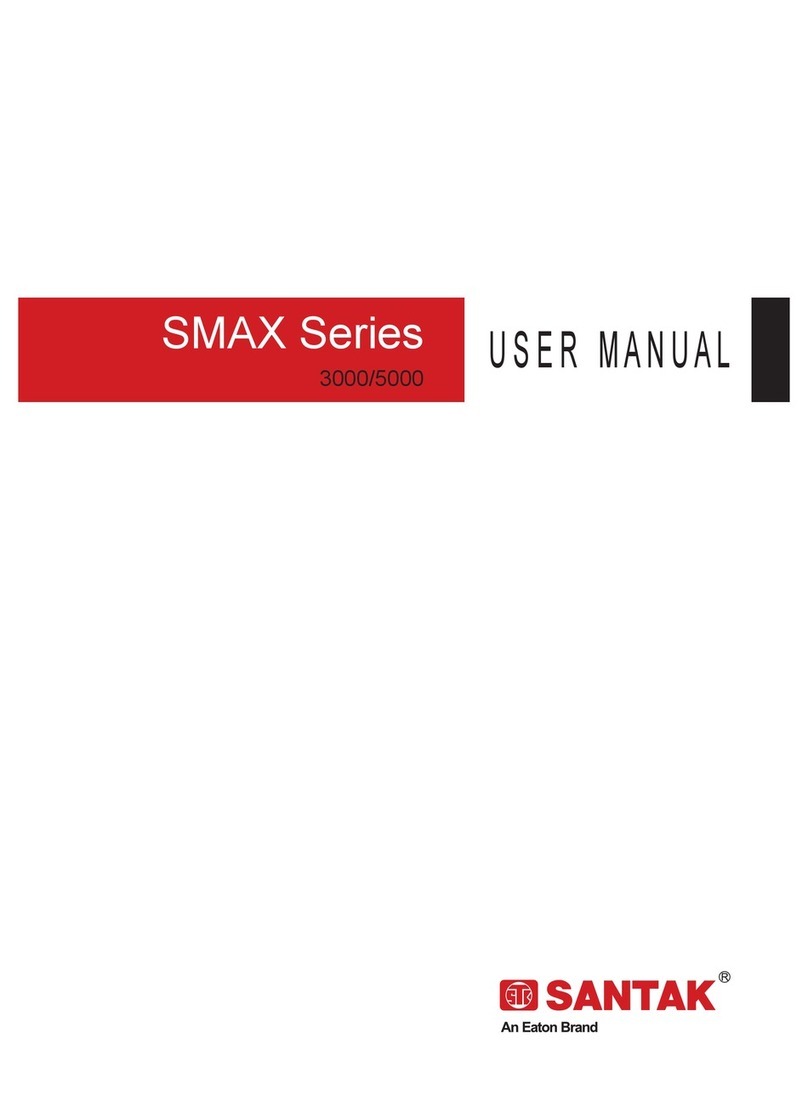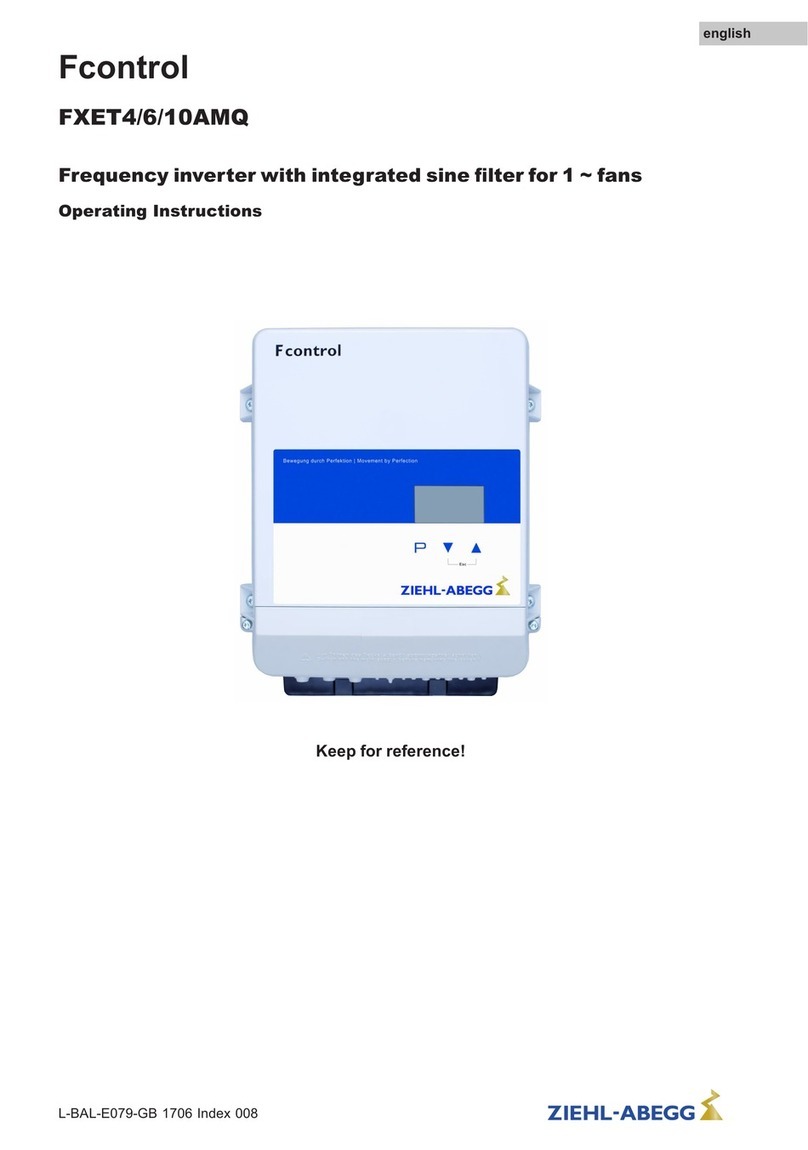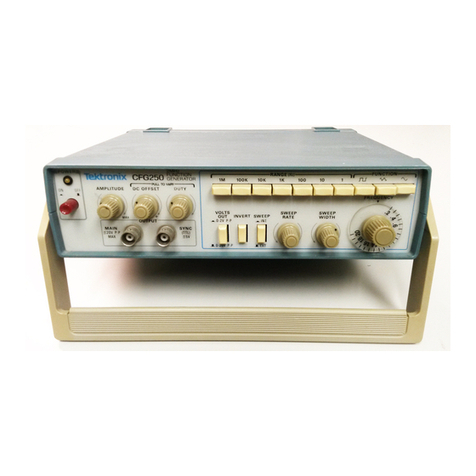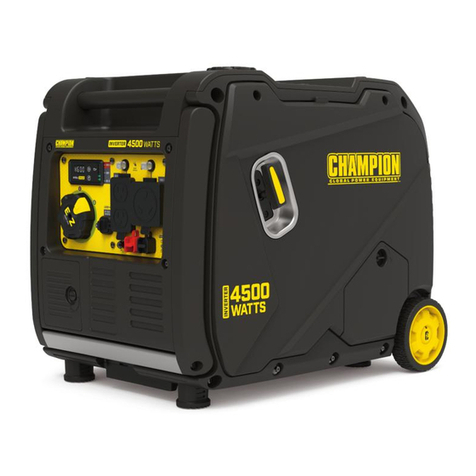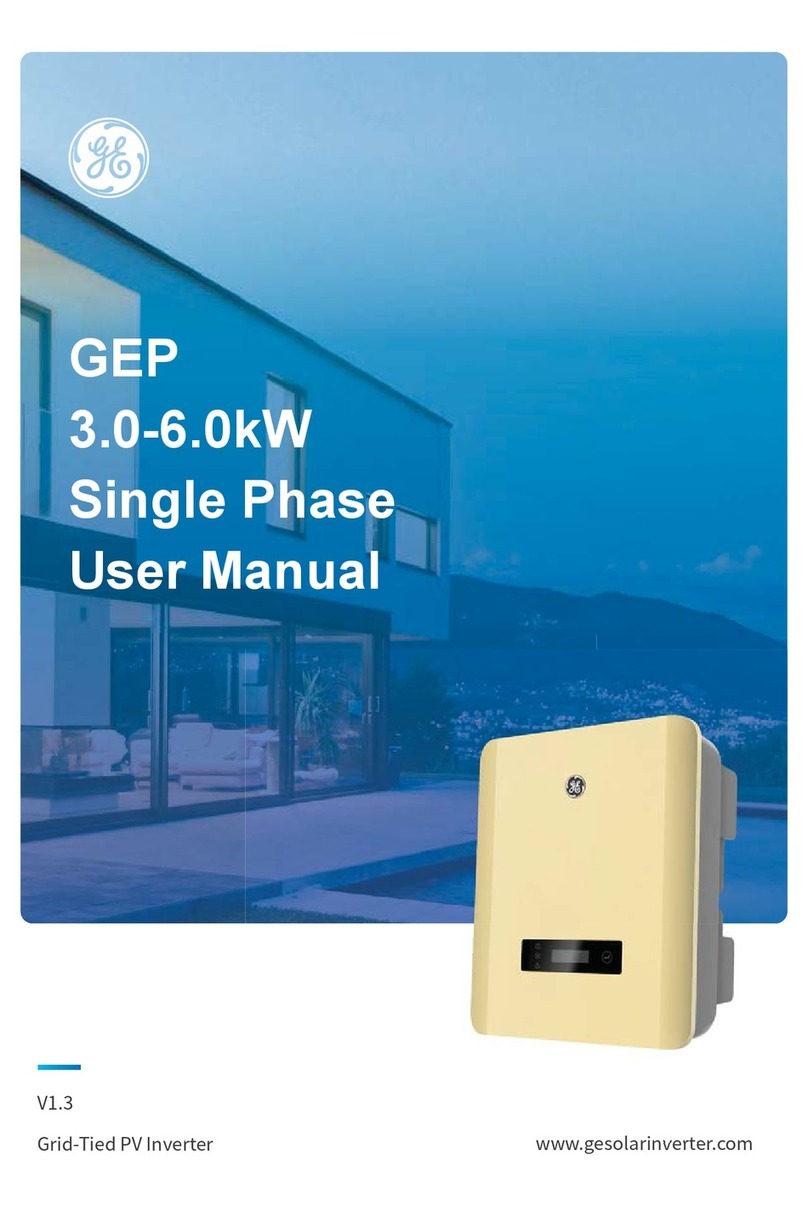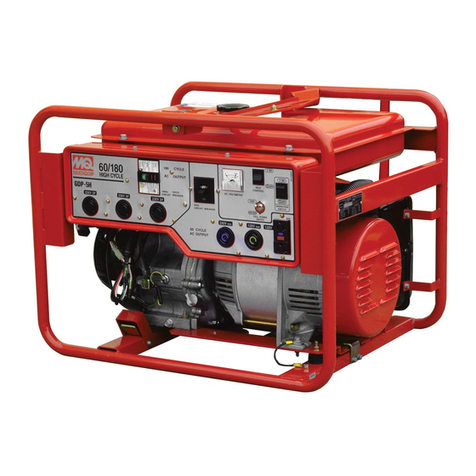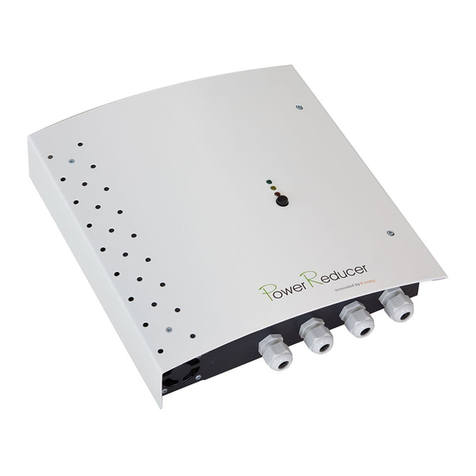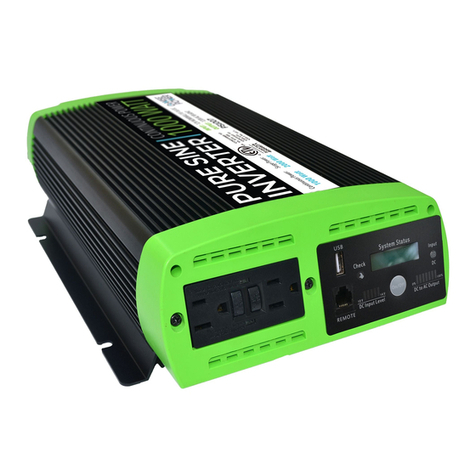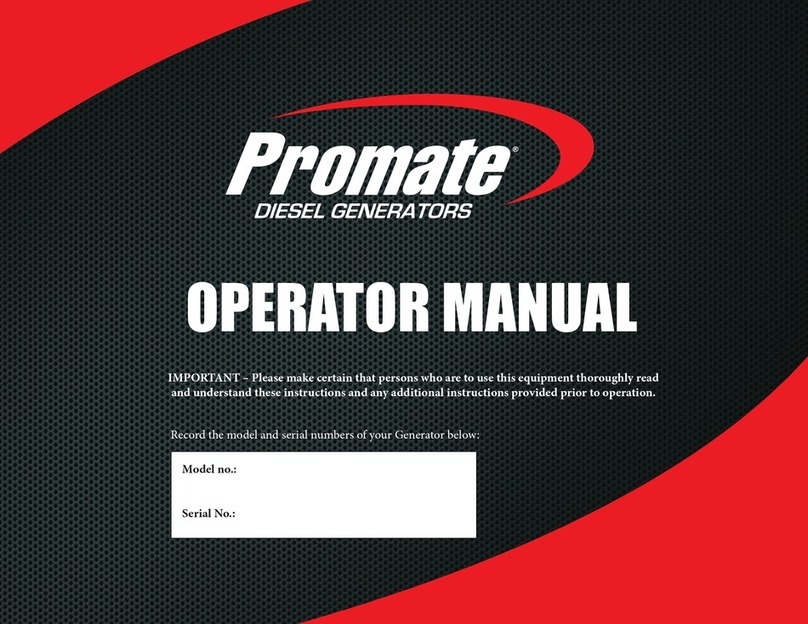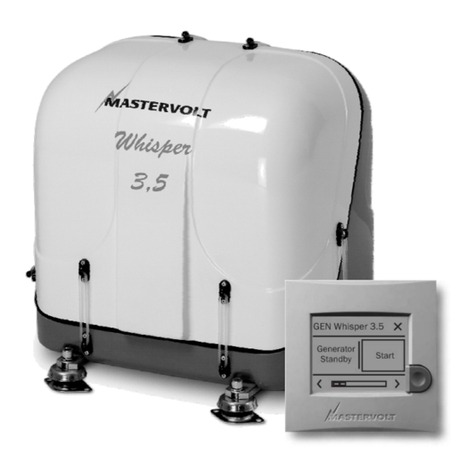
3.3.4 AC and Ground Connection ................................................. 50
3.3.5 AC Connections.................................................................... 53
3.4 COMMUNICATION CONNECTION...........................................................58
3.4.1 Description of the Communication Board ........................... 59
3.4.2 RS485 Communication ........................................................ 59
3.4.3 RS485 Network Set-up......................................................... 60
3.4.4 Communication Wiring ....................................................... 62
4USER INTERFACE............................................................................ 63
4.1 DESCRIPTION OF LCD PANEL................................................................ 63
4.2 OPERATION STATE.............................................................................. 65
4.3 INTERFACE TYPES...............................................................................66
5COMMISSIONING .......................................................................... 68
5.1 MECHANICAL INSTALLATION CHECK .......................................................68
5.2 CONDUCTOR CONNECTIONS CHECK ....................................................... 68
5.3 ELECTRICAL CHECK.............................................................................68
5.4 COMMISSIONING STEPS ......................................................................69
6MAIN MENU AND OPERATION ...................................................... 75
6.1 MEASUREMENT DATA.........................................................................75
6.2 SETTING...........................................................................................76
6.2.1 System Parameters.............................................................. 78
6.2.2 Control Command ............................................................... 80
6.2.3 Protect Parameters ............................................................. 84
6.2.4 LVRT/HVRT Parameters ....................................................... 92
6.2.5 Power Derating Setup ......................................................... 99
6.2.6 Reactive Power Derating Setup ......................................... 103
6.2.7 Arc Parameters.................................................................. 110
6.2.8 Other Parameters.............................................................. 110
